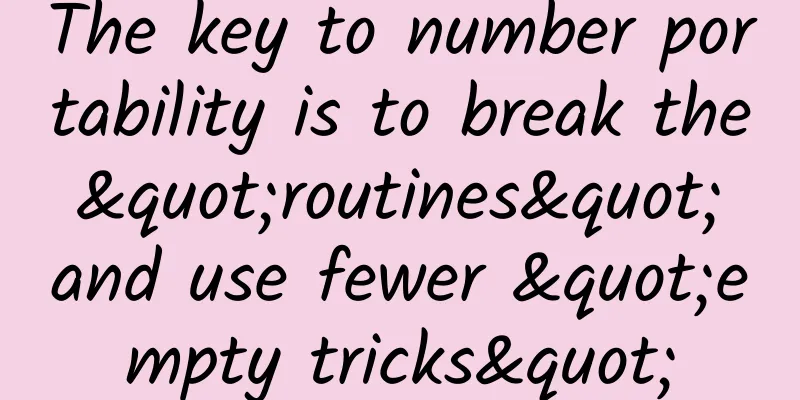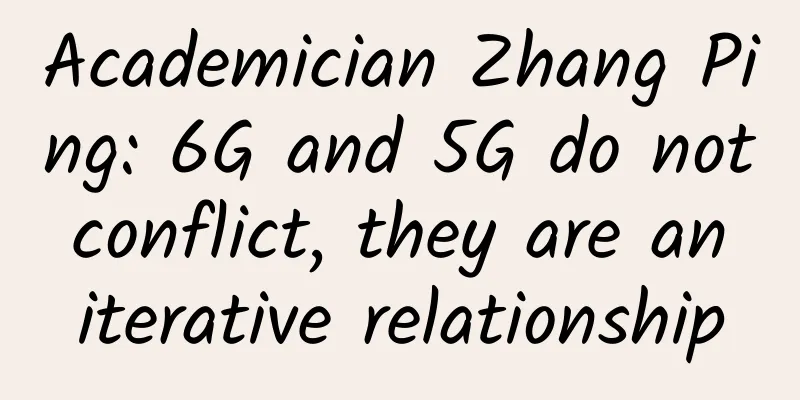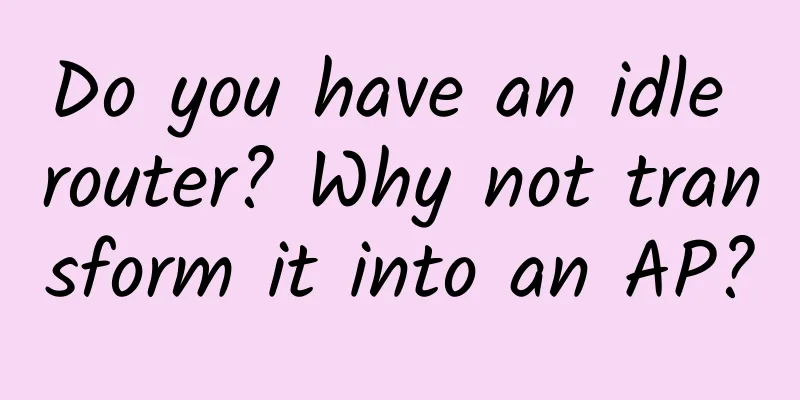Learn how to restore IP address in one article!

Recover IP addressGiven a string containing only numbers, unpack it and return all possible IP address formats. A valid IP address consists of exactly four integers (each integer is between 0 and 255 and cannot contain leading 0), separated by '.'. For example: "0.1.2.201" and "192.168.1.1" are valid IP addresses, but "0.011.255.245", "192.168.1.312", and "[email protected]" are invalid IP addresses. Example 1:
Example 2:
Example 3:
Example 4:
Example 5:
hint:
IdeasBefore doing this question, it is best to do the task of splitting 131 into a palindrome string first. I believe that when you first see this question, you will be confused. In fact, as long as we realize that this is a cutting problem, we can use the backtracking search method to search out all possibilities for the cutting problem, which is very similar to the 131. Splitting palindrome string we just did. The cutting problem can be abstracted into a tree structure, as shown in the figure: Recover IP address Back to the trilogy
In 131. Splitting a palindrome, we mentioned that the cutting problem is similar to the combinatorial problem. startIndex is definitely required because the segmentation cannot be repeated and records the starting position of the next layer of recursive segmentation. For this question, we also need a variable pointNum to record the number of commas added. So the code is as follows:
The termination condition is different from that of 131. Splitting the palindrome string. This question clearly requires that it will only be divided into 4 segments, so the cutting line cannot be used as the termination condition to cut to the end, but the number of segments divided can be used as the termination condition. pointNum indicates the number of commas. A pointNum of 3 means that the string is divided into 4 segments. Then verify whether the fourth paragraph is legal, and if so, add it to the result set. The code is as follows:
In 131. Splitting a Palindrome String, we have already discussed how to extract substrings during loop traversal. In the for (int i = startIndex; i < s.size(); i++) loop, the interval [startIndex, i] is the intercepted substring, and it is necessary to determine whether this substring is legal. If it is legal, add a symbol after the string to indicate that it has been split. If it is illegal, end the current loop, as shown in the figure where the branch is cut off: Recover IP address Then comes the process of recursion and backtracking: When calling recursively, the startIndex of the next recursive layer should start from i+2 (because the separator needs to be added to the string), and the number of separators pointNum should be +1. When backtracking, just delete the separator . that you just added, and pointNum should also be -1. The code is as follows:
Determine whether the substring is legalThe last step is to write a function to determine whether the rank is valid. The following three points are mainly considered:
The code is as follows:
C++ CodeAccording to the backtracking algorithm, you should know this! The backtracking algorithm template given is:
You can write the following backtracking algorithm C++ code:
SummarizeThis question covers all the difficulties in splitting strings that I listed in 131. Splitting palindromes. In addition, this question also requires you to manipulate the string to add commas as separators and verify the legitimacy of the interval. It can be said to be an enhanced version of 131. Split palindrome. In the tree structure diagram of this article, I have drawn out the detailed analysis ideas. I believe that everyone will have a clearer mind after reading it! This article is reprinted from the WeChat public account "Code Random Thoughts", which can be followed through the following QR code. To reprint this article, please contact the Code Random Thoughts public account. |
<<: Virtual operators in the 5G era: new opportunities and challenges coexist
>>: What will happen to 5G base stations if power is cut off? Can operators handle the performance?
Recommend
The inheritance of mobile communications from the 1G era
This article is reprinted from the WeChat public ...
Three steps to take before deploying SD-WAN
As enterprises develop their network strategies a...
Juniper Networks combines Mist AI with Intelligent Session SD-WAN and SRX secure branch gateways to deliver the best user experience from client to cloud
As a leader in providing AI-driven secure network...
Huaxia Finance: Create an investment product that makes young people addicted
[51CTO.com original article] If someone asked wha...
5G is here: Will 4G soon be relegated to the sidelines?
Will 4G, which once brought prosperity to the mob...
edgeNAT: 840 yuan/month-Daul E5 2670v3/32GB/1TB SSD/10M bandwidth/Korea data center
Previously, I mainly shared information about edg...
5G development enters its fourth year, and innovation is the key to development
On June 6, 2019, the Ministry of Industry and Inf...
Solution to Failed to start LSB: Bring up/down networking when starting CentOS
I encountered this problem on a physical server. ...
Good news! 5G is so important, China Mobile has made a great contribution
When it comes to 5G networks, everyone should be ...
Wu Hequan, Academician of the Chinese Academy of Engineering: IPv6 will become the carrier platform of the new generation of IT and will develop in parallel with computing power network
[[432879]] The 2021 China Mobile Global Partner C...
In the first month of Alipay’s digital shopping mall launch, 80% of the country’s top shopping malls have opened Alipay “offices”
Intime, Mixc, Impression City and Alipay jointly ...
Huawei's "Government Cloud China Tour" has a unique scenery in Shaanxi
In June, people from all over the world gathered ...
Alibaba Cloud invests 200 billion yuan in data centers to take the lead in new infrastructure
Alibaba Cloud announced yesterday that it will in...
gRPC services communicating through the Istio mesh
[[433796]] introduction This article verifies the...
Expert Feature: To the 2G Era That Will Eventually Pass Away
Recently, the incident in which a local operator ...









